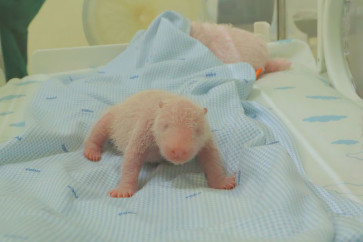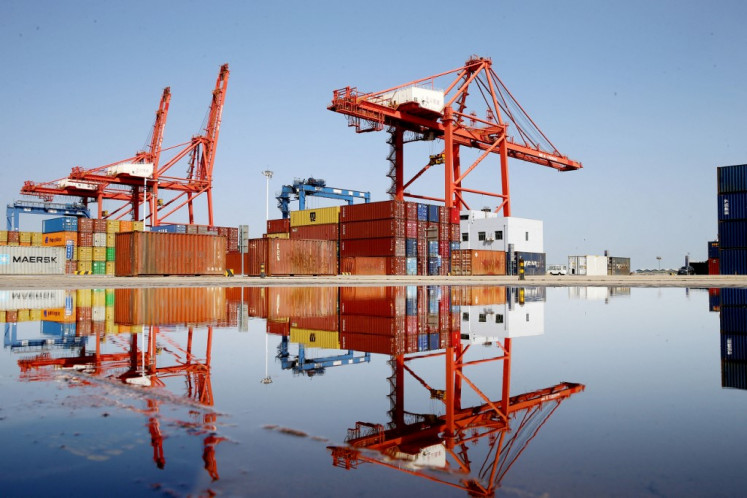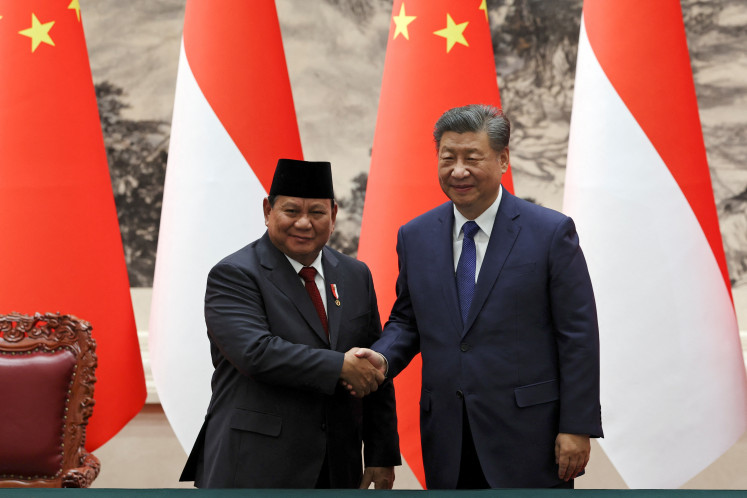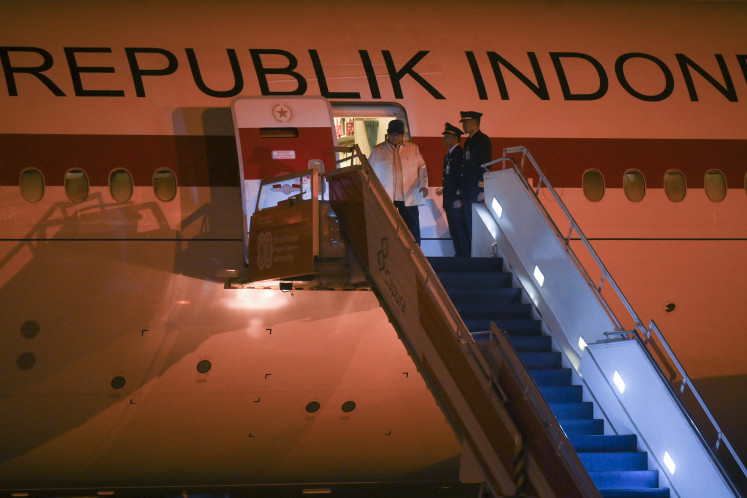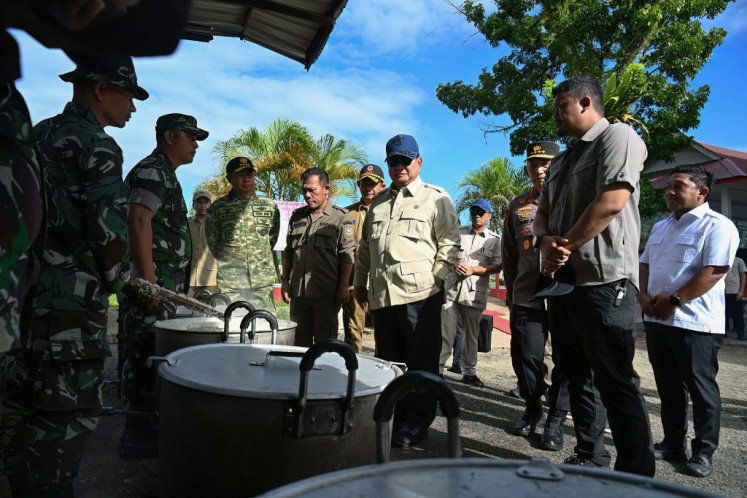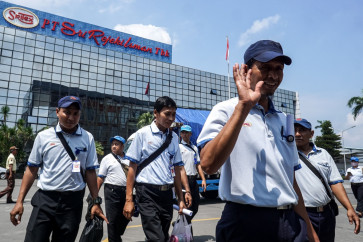Popular Reads
Top Results
Can't find what you're looking for?
View all search resultsPopular Reads
Top Results
Can't find what you're looking for?
View all search resultsAnalysis: Textile giant Sritex shuts down, leaving over 10,000 workers jobless
Change text size
Gift Premium Articles
to Anyone
P
T Sri Rejeki Isman (Sritex), one of Southeast Asia’s largest integrated textile manufacturers, officially ceased operations on Mar. 1, 2025, following its bankruptcy declaration. The shutdown led to the layoff of 10,965 workers between January and February 2025. In response, President Prabowo has instructed several ministers to devise solutions to help re-employ the affected workers, including leasing factory machinery, attracting investors to acquire the company and facilitating their absorption into other companies.
Sritex was declared bankrupt on Oct. 21, 2024, after a lawsuit filed by Indo Bharat Rayon, one of its raw material suppliers. The company is burdened with Rp 26.2 trillion (US$1.6 billion) in debt, consisting of Rp 25.3 trillion owed to concurrent creditors and Rp 716.6 billion to separate creditors. However, Sritex’s total assets amount to only Rp 10 trillion.
The company had been under financial distress for several years, grappling with mounting debts and multiple lawsuits since 2022. Most of the laid-off workers were employed at four key factories in Central Java operated by the Sritex Group: PT Bitratex Industries (Semarang), PT Sritex (Sukoharjo), PT Primayudha Mandririjaya (Boyolali) and PT Sinar Pantja Djaja (Semarang), highlighting the heavy blow to the region’s manufacturing industry.
To address the mass layoffs, President Prabowo convened a high-level meeting at the Presidential Palace with key officials, including State Secretary Minister Prasetyo Hadi, Manpower Minister Yassierli, State-Owned Enterprises (SOEs) Minister Erick Thohir, members of the Sritex liquidation team and representatives from the company’s labor union. According to Manpower Minister Yassierli, efforts are underway to help re-employ the affected workers within the next two weeks. In parallel, the liquidation team is actively seeking investors to lease Sritex’s assets and resume textile production, aiming to safeguard asset value and restore employment.
The collapse of Sritex is another setback for Indonesia’s manufacturing sector, which is traditionally seen as a key driver of economic growth. However, manufacturing growth has consistently lagged behind the national economy. Growth slowed from 4.89 percent in 2022 to 4.64 percent in 2023, and further declined to 4.43 percent in 2024. Meanwhile, the sector's contribution to gross domestic product (GDP) fell to 18 percent from 2022 to 2024, down from 19.24 percent in 2021 and 19.87 percent in 2020, despite the pandemic's impact.
Sritex’s downfall was aggravated by external pressures, particularly government policies that failed to protect the domestic textile industry. Trade Ministerial Regulation No. 8/2024, which loosened restrictions on textile imports, led to a surge of low-cost Chinese products in the domestic market, undermining local manufacturers.
Experts point out that Chinese textile producers benefit from substantial government subsidies and exemptions from import duties and taxes, creating an uneven playing field that has steadily eroded the competitiveness of Indonesia’s textile industry. According to World Trade Organization (WTO) data, China’s share of the global textile export market grew from 30.4 percent in 2010 to 42.06 percent in 2023. In 2023 alone, China's textile exports were valued at US$134 billion.



